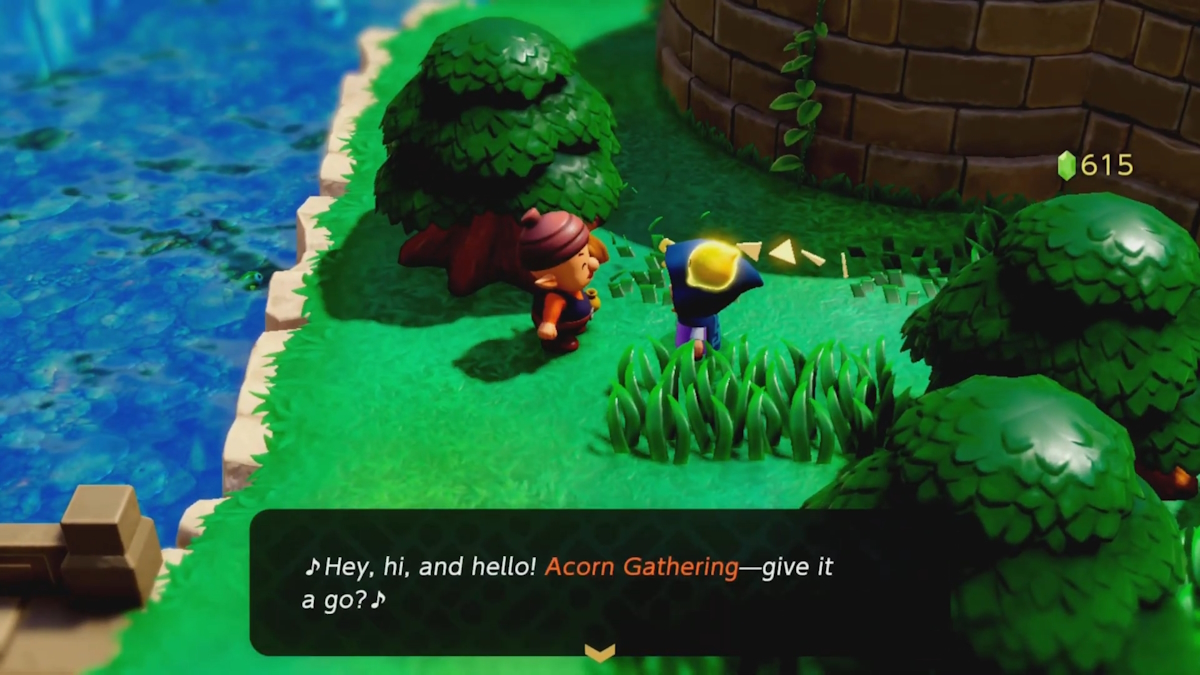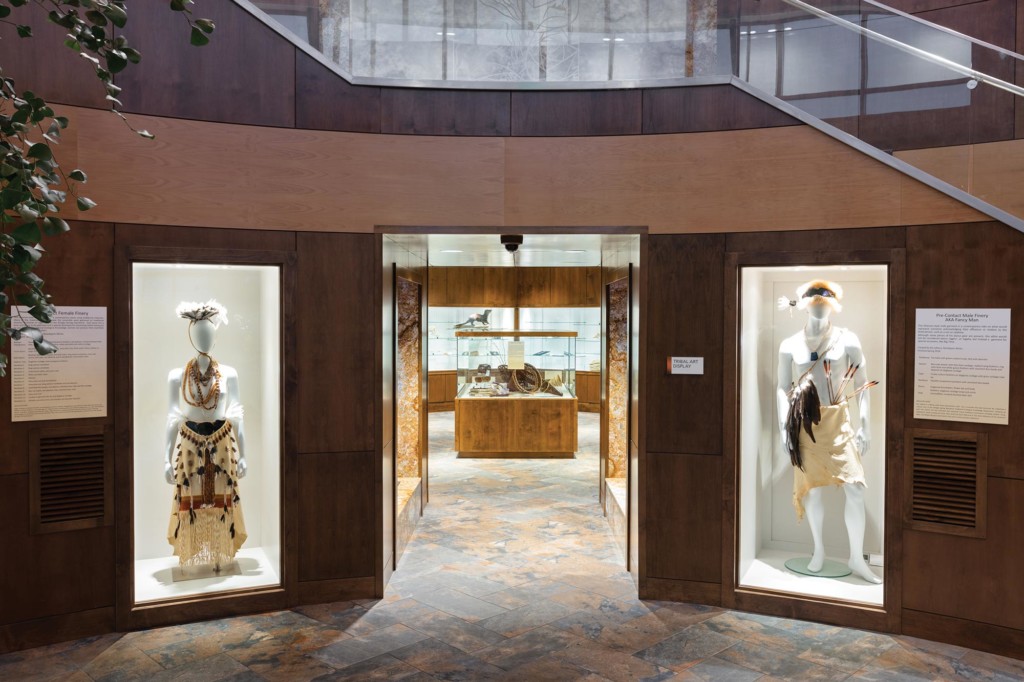
Tracing Ancestral Paths: A Traveler’s Guide to Miwok Acorn Gathering Lands in Yosemite and Beyond
For most travelers, a visit to California’s majestic landscapes is about breathtaking vistas, towering trees, and the sheer power of nature. Yet, beneath the surface of popular trails and iconic viewpoints lies an even deeper narrative – one etched into the very topography by millennia of human connection. This narrative is best understood through the lens of indigenous knowledge, specifically the traditional acorn gathering maps of the Miwok people. These aren’t paper maps, but rather an intricate, living understanding of the land, its seasons, and its enduring bounty. As a travel writer, my goal isn’t just to point you to a location, but to guide you to an experience that transcends mere sightseeing, allowing you to walk, learn, and appreciate a landscape through the eyes of its original custodians.
Our journey begins not with a detailed cartographic legend, but with a conceptual understanding: for the Miwok, and many other California Native American tribes, the landscape was the map. Every oak grove, every stream, every granite outcrop held specific meaning related to sustenance, ceremony, and survival. The knowledge of where and when to gather acorns – the staple food that sustained communities for thousands of years – was passed down through generations, embedded in oral traditions, seasonal observations, and the very names of places. To truly review a "place" related to these "maps," we must immerse ourselves in the landscapes where this knowledge was, and continues to be, vital.
Yosemite National Park: A Living Archive of Miwok Acorn Culture

While Miwok territory spans much of central California, from the Pacific coast to the Sierra Nevada foothills, Yosemite National Park offers one of the most accessible and profoundly impactful opportunities to connect with their ancestral acorn gathering traditions. The park, primarily the ancestral home of the Southern Sierra Miwok (often referred to as Ahwahneechee within the Valley), is a living museum of this culture.
The Landscape as the Map:
Upon entering Yosemite Valley, your eyes are immediately drawn upwards to the granite walls. But look down, around the meadows and along the Merced River, and you’ll see the true markers of Miwok life: the mighty California Black Oak (Quercus kelloggii) and Canyon Live Oak (Quercus chrysolepis). These aren’t just trees; they are the heart of the Miwok traditional diet. A Miwok acorn gathering map wouldn’t have lines and symbols, but a deep understanding of which oak groves yielded the most acorns, which had the sweetest varieties, and which were most accessible at different times of the year.
Where to Experience It:

-
Yosemite Valley Visitor Center and Indian Cultural Exhibit: This is your essential starting point. Located near Yosemite Village, the Visitor Center provides excellent interpretive displays on the Ahwahneechee people. Crucially, next door is the Yosemite Museum and Indian Cultural Exhibit. This exhibit is a goldmine. You’ll find meticulously crafted baskets, tools, and detailed explanations of the acorn processing cycle – from gathering to grinding, leaching, and cooking. Here, you’ll see mortar stones (bedrock mortars) – depressions worn into granite boulders over centuries of grinding acorns. These aren’t just artifacts; they are direct physical manifestations of the "map." Each mortar cluster marks a specific, productive gathering and processing site, a place where generations convened. It’s a powerful visual of the deep, sustained human activity that shaped this landscape.
- Traveler’s Takeaway: Don’t rush through. Spend time with the exhibits, imagine the communal activity around the mortar stones, and understand the incredible labor and ingenuity involved in turning a bitter acorn into a nourishing meal. Look for the outdoor Ahwahneechee Village behind the museum, which often features demonstrations of traditional lifeways, including basket weaving and acorn preparation.

-
Oak Groves and Meadows within Yosemite Valley: The "maps" truly come alive when you step out into the landscape. Walk through areas like Cook’s Meadow, the groves near Sentinel Bridge, or along the Lower Yosemite Fall Trail. Here, you’ll encounter numerous Black Oak trees. In autumn, you can witness the ground covered in acorns, a stark reminder of the seasonal bounty. While you should never disturb or collect natural materials in a national park, simply observing the oaks and their fallen harvest helps you understand the scale of the resource that sustained the Miwok.
- Traveler’s Takeaway: Pay attention to the subtle cues. The distribution of oak trees, the proximity to water, the shelter offered by granite cliffs – these were all elements of the Miwok’s mental map for successful gathering. Imagine the rustle of leaves, the chatter of gatherers, the rhythmic thud of acorns falling.

-
Ranger Programs: Yosemite offers various ranger-led programs, and many delve into the park’s human history, including the Miwok. These programs are invaluable for gaining deeper insights into traditional practices, the cultural significance of acorns, and the ongoing presence of Miwok people today. A ranger can often point out specific bedrock mortar sites that might be less obvious to the casual visitor, explaining their historical use and cultural importance.
- Traveler’s Takeaway: Check the Yosemite Guide upon arrival for a schedule of ranger programs. Engaging with a knowledgeable guide provides context that no map or sign can fully convey.
Beyond Yosemite: Expanding the Acorn Map
While Yosemite offers an immersive experience, it’s crucial to remember that Miwok territory is vast. To truly appreciate the scope of their "acorn maps," consider exploring other regions:
-
Mariposa and the Sierra Nevada Foothills: Just outside Yosemite’s western entrance lies Mariposa County, which is rich in Miwok history. The California State Mining and Mineral Museum in Mariposa, while focused on the Gold Rush, often has exhibits that touch upon the indigenous history of the region. Many small towns in the foothills, like Groveland, Sonora, and Columbia, are built on ancestral Miwok lands. While less formally interpreted for indigenous culture, the presence of Black Oaks and the general landscape speak volumes.
- Traveler’s Takeaway: Look for local historical societies or small museums that might preserve local Miwok history. The foothills represent a different ecological zone for acorn gathering, often with a wider variety of oak species.
-
Coast Miwok Lands (Marin and Sonoma Counties): To understand the full spectrum of Miwok acorn gathering, one must also consider the Coast Miwok. Their territory extended along the Pacific coast, from the Golden Gate to Bodega Bay. While their diet was more varied due to coastal resources (shellfish, salmon), acorns remained a vital staple.
-
Point Reyes National Seashore: The Kule Loklo Coastal Miwok Cultural Exhibit near the Bear Valley Visitor Center offers a reconstructed village and interpretive signs that provide insight into Coast Miwok life, including acorn processing. The exhibit, built and maintained with tribal consultation, provides a respectful and educational experience. It’s a powerful testament to the adaptability and resourcefulness of the Miwok in different environments.
-
Traveler’s Takeaway: Visiting Kule Loklo offers a comparative perspective on Miwok culture. You’ll see how core traditions, like acorn use, were adapted to different ecosystems. The blend of coastal and terrestrial resources paints a fuller picture of their sophisticated land management.
-
The Significance of the "Maps" Today: Responsible Travel
Understanding Miwok traditional acorn gathering maps is not just about history; it’s about recognizing enduring cultural practices and responsible land stewardship. These "maps" represent a profound knowledge system, a sustainable relationship with the land that ensured food security for thousands of years without depleting resources.
As a Traveler, Your Role:
- Respect the Land: Treat these places with the reverence they deserve. Stay on marked trails, leave no trace, and do not disturb any natural or historical features.
- Support Authentic Voices: Where possible, support tribal-owned businesses, cultural centers, and events. Seek out information directly from tribal sources or organizations that work in close consultation with them.
- Learn and Reflect: Go beyond surface-level observation. Reflect on the ingenuity, resilience, and deep ecological knowledge of the Miwok people. Consider how their sustainable practices contrast with modern resource management.
- Acknowledge Ongoing Presence: The Miwok people are not just a historical footnote; they are vibrant, living communities today. Acknowledge their ongoing connection to these ancestral lands. Many tribal groups are actively involved in cultural preservation, land management, and educational initiatives.
Practical Tips for Your Journey
- Best Time to Visit: Autumn (late September to November) offers the most direct connection to the acorn harvest cycle, with falling acorns and cooler temperatures. Spring brings wildflowers and new growth, while summer is popular but can be crowded.
- What to Bring: Comfortable walking shoes, water, snacks, sun protection, and a good pair of binoculars. Most importantly, bring an open mind and a willingness to learn.
- Resources: Beyond the park visitor centers, consider reading books like "The Ohlone Way" by Malcolm Margolin (though focused on the Ohlone, it provides excellent context for California indigenous lifeways) or works specifically on Miwok history. Websites of tribal organizations (e.g., Federated Indians of Graton Rancheria for Coast Miwok, various Sierra Miwok groups) offer valuable contemporary perspectives.
- Accommodation: Book well in advance, especially for Yosemite National Park. Options range from campsites to lodges within the park, or hotels in nearby gateway towns like El Portal or Mariposa.
Conclusion: A Deeper Connection
Reviewing locations related to Miwok traditional acorn gathering maps is not about critiquing amenities or services. It’s about evaluating the experience of connecting with a profound cultural landscape. Yosemite, Point Reyes, and the broader Miwok territories offer an unparalleled opportunity to transcend the typical tourist experience. By understanding the "maps" of the Miwok – not as lines on paper, but as a living system of knowledge etched into the very land – we gain a deeper appreciation for the ingenuity of indigenous cultures, the sustainability of their practices, and the enduring power of their connection to place.
This journey is an invitation to walk in the footsteps of ancestors, to see the California landscape not just as beautiful scenery, but as a vast, ancient library of wisdom. It’s a chance to enrich your travels with a layer of historical and cultural understanding that will resonate long after you leave, fostering a deeper respect for the land and its original stewards. Go, explore, and let the landscape tell its ancient story.


